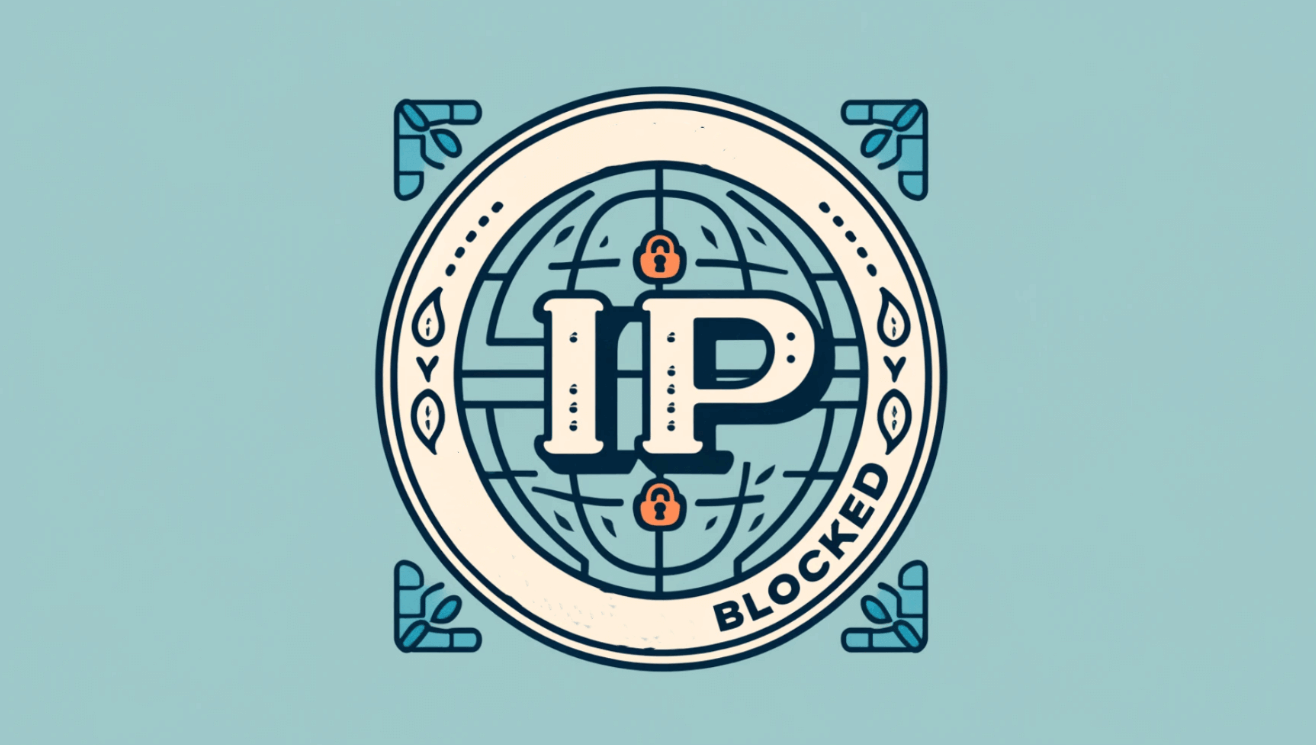In today’s interconnected world, accessing websites smoothly is essential for both businesses and individuals. However, encountering error messages like the “FRDL.to Wrong IP” can be frustrating. This error typically occurs due to issues with domain resolvers, DNS errors, or local network problems. In this article, we will explore the causes of this issue, how to resolve it, and provide valuable insights into preventing future occurrences.
What is the “FRDL.to Wrong IP”?
The “FRDL.to Wrong IP” error arises when there is a mismatch between the IP address stored by FRDL.to and the IP address of the user trying to access the site. This discrepancy blocks the user from connecting to the website correctly.
Practical Steps to Resolve FRDL.to Wrong IP
If you’re seeing the “FRDL.to Wrong IP” error, here are a few straightforward steps to fix it:
Check Your Network
Start by ensuring that your device has a stable internet connection. Review your network settings and confirm they are configured correctly.
Use a VPN
The “Wrong IP” error could stem from location-based restrictions. A VPN can mask your actual IP address and allow you to connect via a different server, potentially bypassing the issue.
Clear Browser Data
Sometimes, outdated data in your browser’s cache and cookies can cause conflicts. Clear your browser’s cache and cookies to refresh your connection.
Contact Support
If the error persists, contacting the website’s support team is a good next step. They can provide additional troubleshooting steps and offer specific advice for your case.
Check Your DHCP Server
If your network uses DHCP (Dynamic Host Configuration Protocol), ensure that the server is functioning correctly. Regularly monitor the server to prevent IP conflicts.
Danger of Security Problems or Data Compromise Related to FRDL.to Wrong IP
While the “FRDL.to Wrong IP” error itself doesn’t pose a direct security threat, it can lead to potential vulnerabilities. For example, incorrect IP address routing could unintentionally redirect users to malicious websites, risking the exposure of personal information.
Additionally, using VPNs or proxies to bypass IP conflicts might inadvertently expose your data to interception, especially if the IP address isn’t aligned properly. Misconfigurations from your ISP can also increase the risk of compromised data. To stay secure, ensure your network settings, including DNS configurations, are correctly set up and verify that you’re using secure networks or trusted VPNs.
Using Advanced Tools for IP Conflict Resolution
Managing IP addresses across larger networks can be challenging. Tools like OpUtils can simplify this process. It allows you to track and manage IP addresses in one place. OpUtils can automatically identify IP conflicts, indicating which devices share the same IP address, and suggest ways to resolve these issues quickly. Using such tools helps keep your network running smoothly and avoids downtime.
Common Causes for IP Address Conflicts
Several factors can contribute to IP address conflicts. Some of the common causes include:
DHCP Server Issues
DHCP servers assign IP addresses to devices automatically. If there’s an issue with the server or its configuration, it may assign the same IP address to multiple devices, resulting in an IP conflict.
Faulty Network Configurations
Manual configuration of device IP addresses without proper oversight can lead to conflicts. If two devices are inadvertently assigned the same IP, this causes issues with connectivity.
Router or Modem Exhaustion
Routers and modems have a limited number of IP addresses they can assign. When they run out, the router or modem might recycle an IP address already in use, leading to conflicts.
Stay ahead with Ultraupdates
